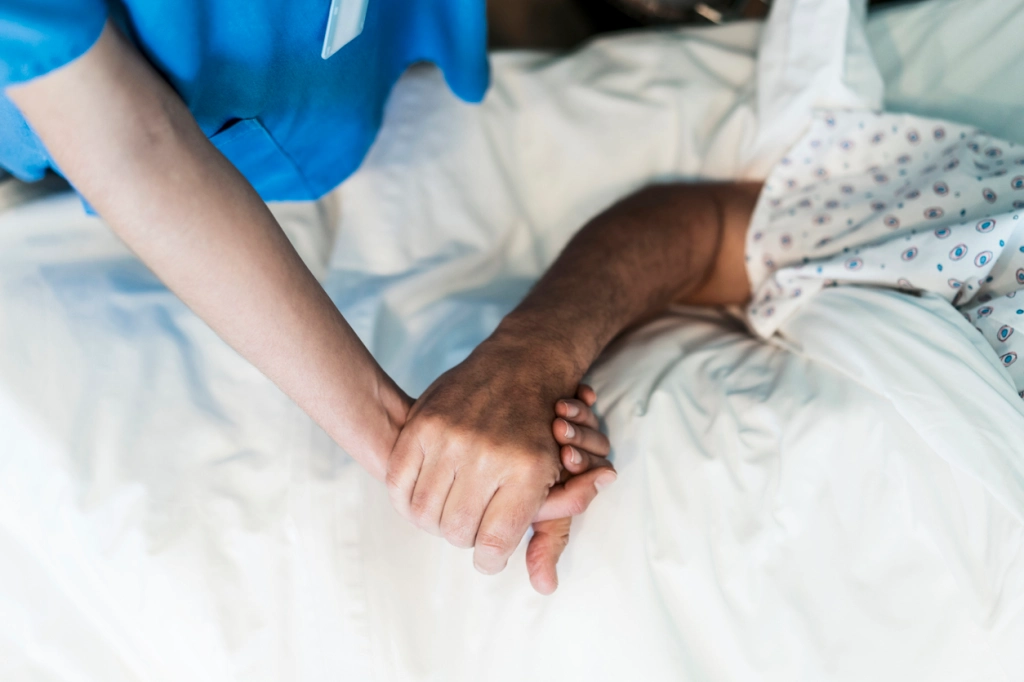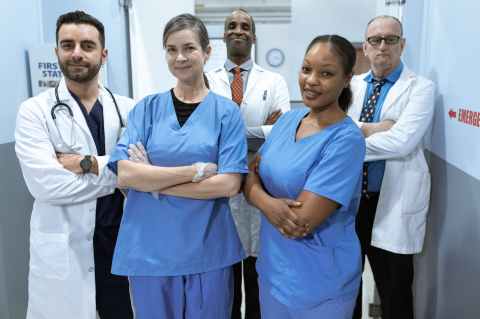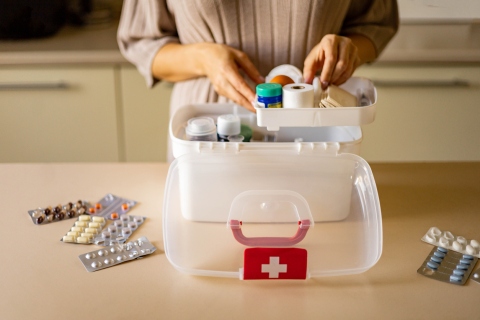
It can be intimidating and confusing to seek out healthcare. However, as a patient, you have certain rights that keep you and your information protected. Here are ten things you should know about patients’ rights in healthcare:
1. You Have the Right to Be Treated Respectfully.
Regardless of health obstacles or disabilities, you should always be treated with respect. Discrimination based on race, gender, national origin, or anything else is not acceptable. Medical treatments can be very personal, and all healthcare providers should treat you with respect, especially during your most vulnerable moments.
2. You Can Request Your Medical Records at Any Time.
You can request access to your medical records at any time. This includes your test results and other documentation included in your medical record. With electronic health records, access to your medical record is easier than ever. However, some providers may charge a fee. Check with your doctor’s office if you are unsure.
3. Your Medical Records Should Be Kept Private.
Only you and your doctor, or another authorized healthcare practitioner in the same facility, have the right to see your medical records. In fact, there are substantial legal and monetary consequences if someone gains access to your medical records without your consent. Part of the relationship between the provider and the patient is trust, and you can trust that your medical team will keep your health information protected, unless it will harm someone or the public, for example. In this instance for example, the facility may have the right to break privacy rules.

4. You Have the Right to Refuse Treatment.
You make the final decision regarding any treatment that you receive. You have the right to refuse care if you choose to do so. If the medical treatment goes against your beliefs or you simply don’t want it, you can refuse treatment. There are a few exceptions to this rule, such as in an emergency or life-threatening situation, or if you are not able to refuse care. By and large however, the final decision is left up to you and any other individuals that you may choose to consult with, such as members of your immediate family or close friends.
5. You have the Right to Informed Consent
Patients’ rights also include informed consent. Before undergoing treatment, you have the right to understand the risks and procedures involved in the treatment, especially if treatment involves undergoing a surgical procedure.
6. You Have the Right to Make an End-of-Life Care Decision
End-of-life care policies vary depending on the state, but you have rights that protect the way that you want to receive end-of-life treatment.

7. You Can Request Not to Be Weighed
You can choose not to be weighed or you can choose not to have your weight spoken aloud. You can choose how the topic of your weight is handled in terms of discussion.
8. You Can Determine the Individuals Who Enter Your Room
At a general wellness exam or another general appointment, you can decide who comes into your room.
9. You Control Your Own Body.
If something is making you uncomfortable during your medical exam or visit to the hospital, you have the right to speak up and say something, so that the practitioner is aware and can stop immediately.

10. You Can Have a Faith Representative.
Depending on religion, you might want to have a faith representative who helps you during the appointment or when making decisions relative to medical treatment.
11. You Have the Right to Information.
The medical standard of informed consent gives you the right to information about your care. Before you consent to a procedure or treatment, you should know the risks, benefits, and alternatives to any care that you are contemplating receiving.
12. You Have the Right to Timely Care.
When urgent care is required, you should have timely access to it. If it will not harm your health, longer wait times are acceptable.

13. You Have the Right to Get a Second Opinion.
Because of your right to medical choice (right to refuse), you can get a second opinion, or several opinions if you like.
14. You Should Have Collaborative and Continued Care.
If you require care from a second facility or provider, your original provider should share current treatments and chart notes.
15. Your Provider Must Disclose Conflicts of Interest Affecting Your Care.
Physicians must share any financial or personal conflicts that may compromise their ability to provide care.

These patient rights help ensure that you have quality care and that the care has a minimal negative effect on the quality of your life. The rights stated above make medical care more ethical and humane for all patients.
If you’d like to know more about medical ethics and healthcare, follow the Avidity Medical Design Blog. For healthcare courses, visit Avidity Medical Design Academy. For candles and scented soaps with a healthcare theme, visit Avidity Medical SCENTations.
























